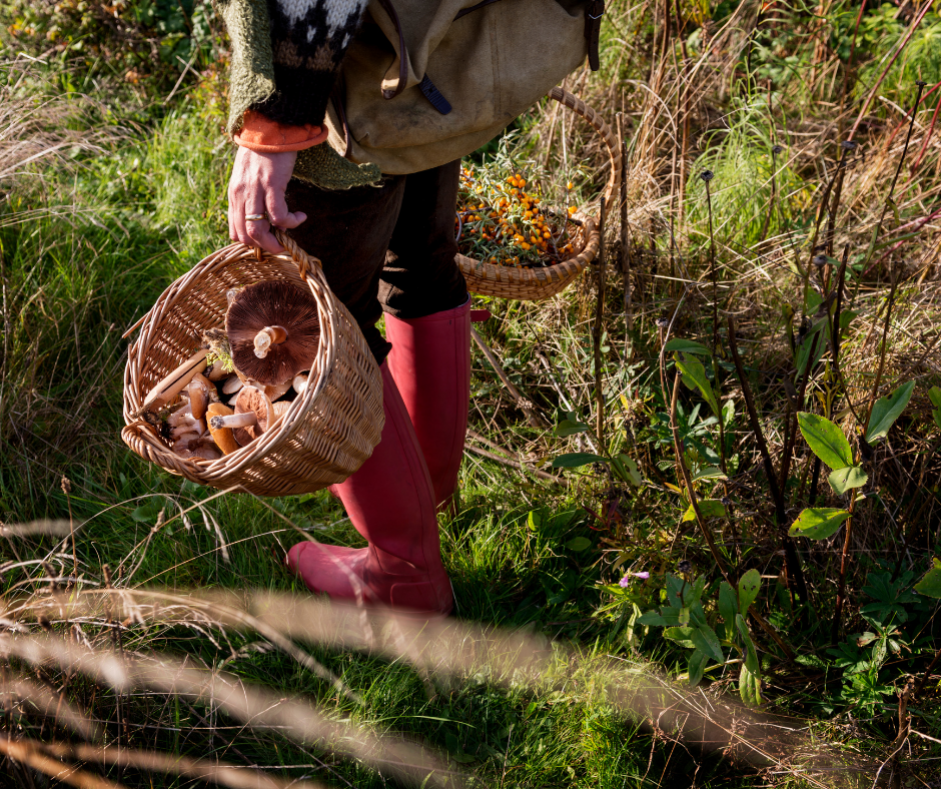
Wandering along the ever-changing country lanes are a delight in themselves. The winding roads with foliage that frame ocean views and bewitching woodlands that offer an enchanting appeal, but nothing can quite beat the thought of free food.
We’ve handpicked some advice for foraging, and in the future when lockdown restrictions have eased, we hope our dog-friendly cottages in Cornwall will provide the perfect start when you wander around the Cornish countryside. Until then, here’s some food for thought.
Foraging is a great activity to enjoy solo or in company. A wonderful way to educate the kids while you’re out and about. As well as a great excuse to get experimental in the kitchen.
Foraging is a challenge for any age, offering you buckets of information and hidden surprises along the road. With the endless possibilities from homemade sloe gin to rosehip heaven.
We’ve got some handy tips to help make the most of wherever your strolls may lead you. But first, let’s have a look at the history behind foraging.
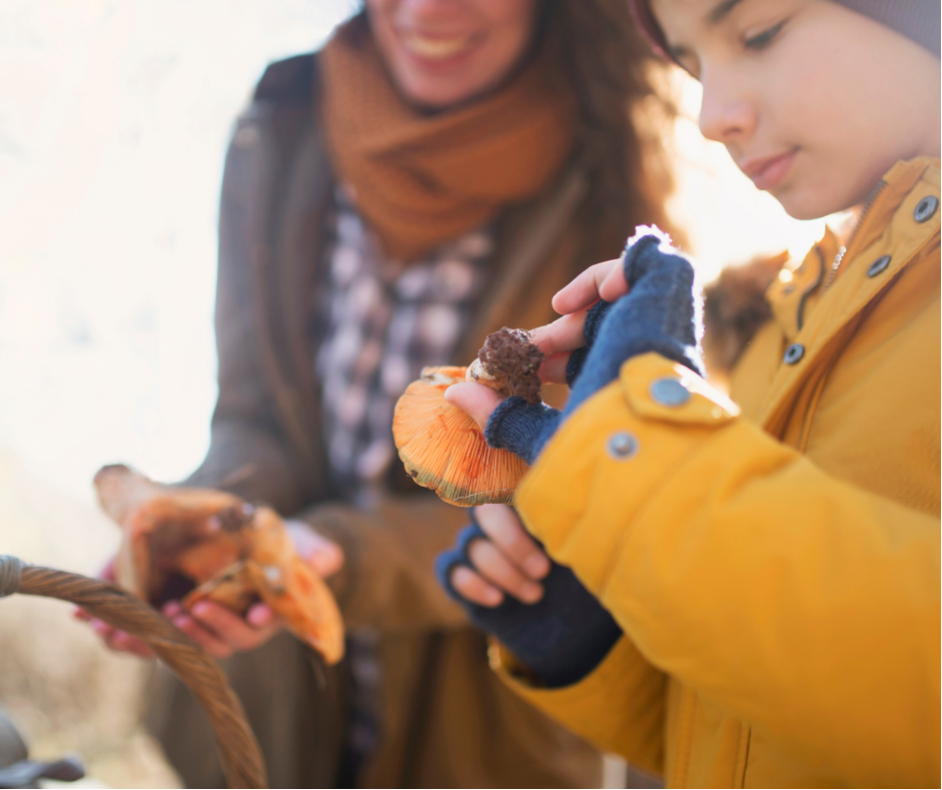
The History of Foraging
Until we were able to support ourselves with fixed settlements, agriculture and farming was a more practical means, foraging was a lifestyle in which we sustained ourselves until 12,000 years ago.
For 95% of our time on the Earth, we have sustained ourselves through foraging. Which is almost impossible to believe, considering the way our lifestyles weave around the convenience of supermarkets, restaurants and mass-produced food.
The forager’s territory was defined by their environment, those with an abundance would have a smaller area to gather compared to those who lived in harsher conditions. These communities usually consisted of fifteen to thirty people.
Foragers lived by cycles, constantly on the move following seasonal movements and factors such as the patterns of animal migrations and the ripening of various plants. You can imagine the wealth of knowledge they would have had concerning their environment.
When food was gathered it was shared between the group, these societies are thought to be the most equal and unbiased throughout our entire human history.
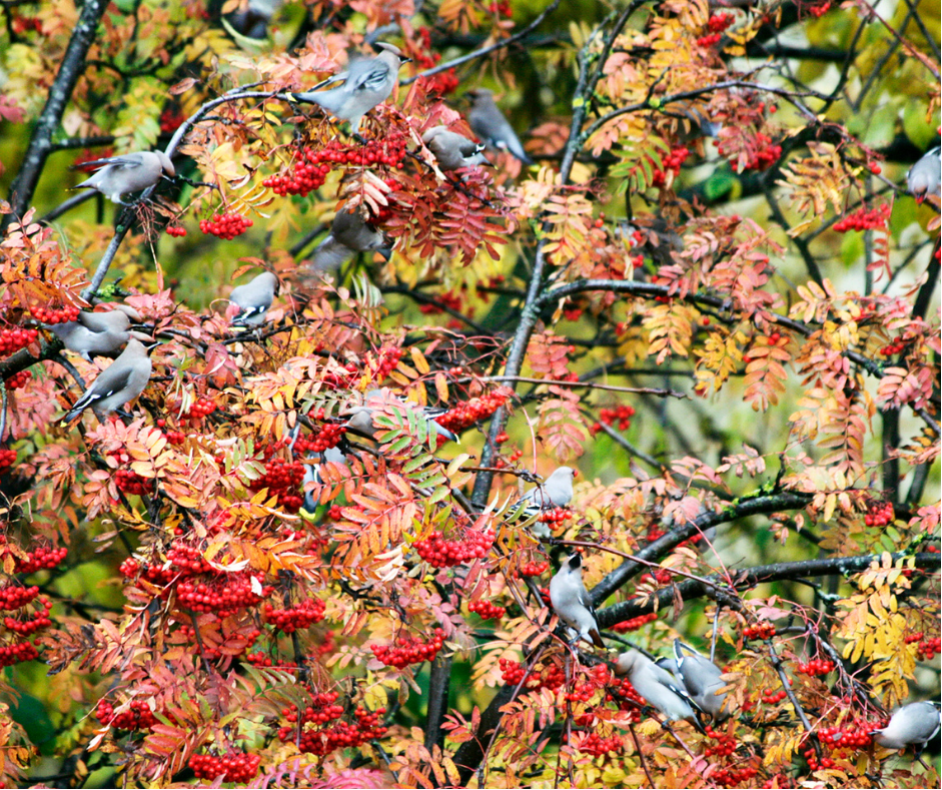
How to Gather
A note to bear in mind for fellow foragers: gathering is a wonderful experience, but it’s important to remember that the leaves, berries and buds are food to other creatures and critters. Please do be mindful and follow a few rules.
- Cut plants above the root with a knife, this avoids pulling them up completely.
- Leave enough food behind for other animals. Choose areas of abundance and even then only pick a small amount for your personal use.
- Avoid gathering the food if there is already a scarce amount in a certain area.
Although some plants may be deemed common, and others may seem so, it’s incredibly important to preserve what we can. It is a forager’s responsibility to respect the animals, plants and habitats we come into contact with.
It is also important to bear in the mind the area in which you choose to forage, you may require permission from landowners. In various areas some plants are protected, so be sure to do some research.
To avoid stepping on anyone’s toes, hedgerows are always a great place to start. An homage to our history, they’re packed with prickly blackberries and others with the scent of honeysuckle, which is wonderful as a cup of tea.
Things to Forage in Cornwall
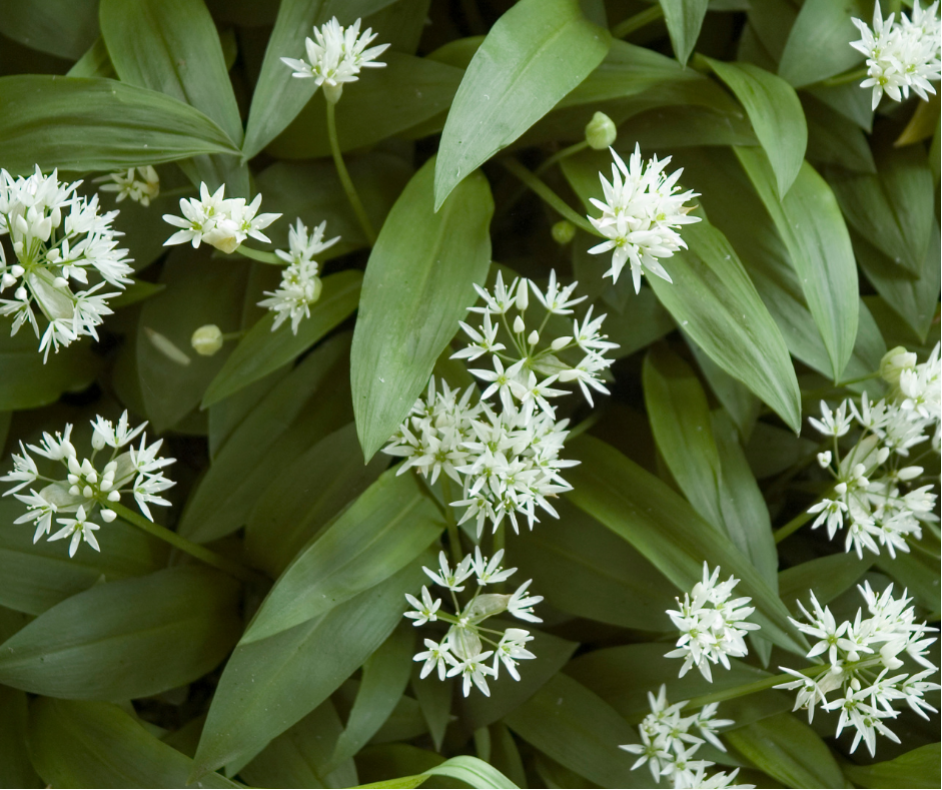
Wild Garlic
A favourite for foragers and a sign of ancient woodland. This versatile plant can give any dish that garlicy goodness we all can’t get enough of.
The leaves, stems and flowers are edible. You can utilise this and give your dishes a gorgeous garnish. The plant can be eaten raw if desired, throw it in a salad, sandwich, pasta or pies, it’s an absolute all-rounder.
Wild garlic is antibacterial and antibiotic, with studies showing garlic is also effective at reducing blood pressure. Wild garlic is, in fact, the most effective out of its family. It would be worth remembering this one on your next spring walk.
Wild garlic can be found growing in abundance throughout damp woodlands, of which there are plenty in Cornwall! Places like the Fowey Estuary are full of this highly-scented plant during the springtime.
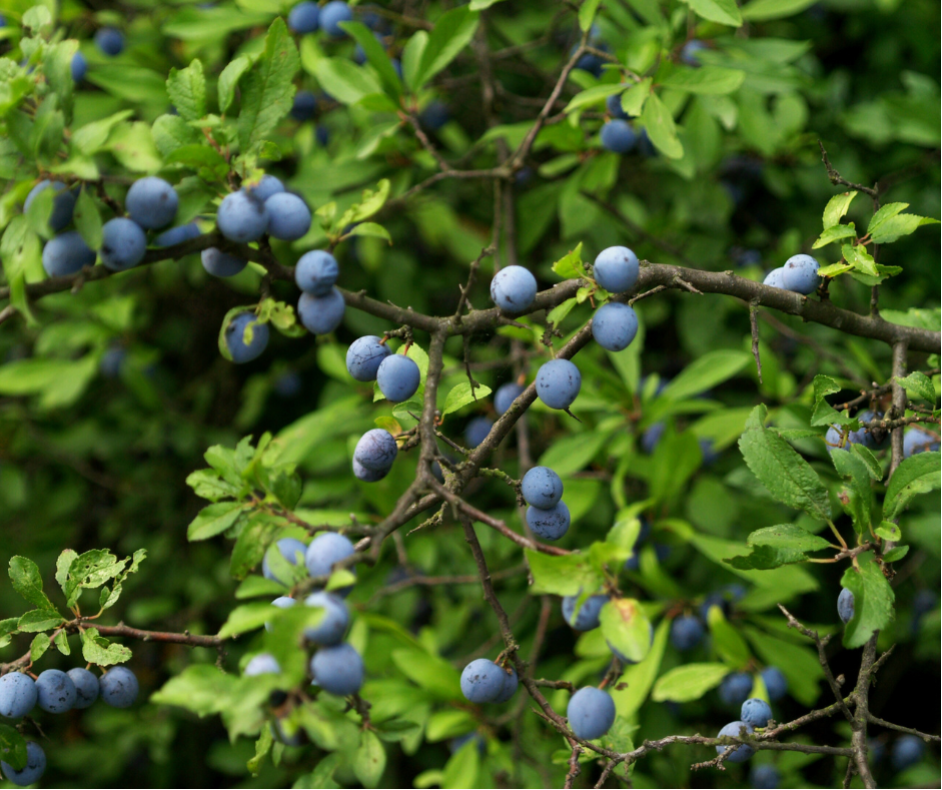
Blackthorn
Those of you who adore a sip of sloe gin may be more interested in the Blackthorn bush. Blackthorns can be found in hedgerows, woodlands, parks, coast paths and gardens throughout Cornwall.
These berries are advised to be picked after the first frost but can be picked throughout the summer as well as autumn.
Blackthorns can be bitter when eaten raw, so it’s best to stick to using them for gin, syrups, jams and chutneys. The flowers are also edible, these have an almond flavouring to them.
For one 35cl of gin here’s a quick and easy recipe to fulfil your sloe gin needs:
225g of washed Blackthorn berries
175g white sugar
35cl of gin
Step 1: Prick the skins of the berries, this emulates the effect of the frost and softens the skin.
Step 2: Combine the ingredients, seal the bottle and leave in a dark place for three months. Occasionally shake the bottle.
The sloes don’t need to be removed before serving, but if you wish to, you can get creative and add them to melted chocolate for a homemade treat or add them as a cocktail ingredient.
Tip: Prepare it in the autumn to ensure it’s ready for Christmas!
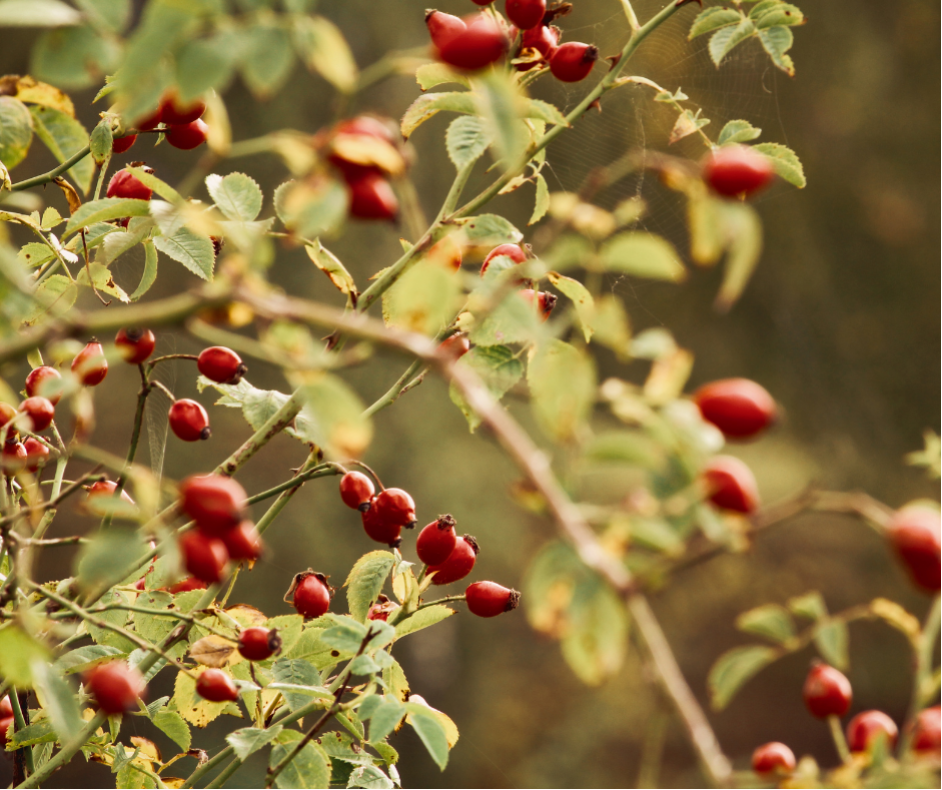
Rosehips
The Dog Rose is the most common rose in Britain. Found in hedgerows in autumn, from its former pale pink and white flower that blossoms in the summertime.
Rich in Vitamin C, rosehips contain more than your average orange.
So next time you’re feeling a bit of a cold coming on, be sure to go for a wander in the early autumn days to stock up on some rosehips.
You’ll be able to find rosehips throughout Cornwall in the hedgerows of grassland, moorland and woodland spots, as well as on some sand dunes!
Here’s a handy recipe for some rosehip cordial to try:
This cordial should be kept in the fridge and will last for about three months.
3½ litres of water
1kg of rosehips
350g of sugar
1 sterilised bottle
Step 1: Boil 2 litres of water. Add rosehips and remove from heat. Steep for about fifteen minutes.
Step 2: Separate and strain rosehips, setting aside the infused water.
Step 3: Put the rosehips back in a pot and add a litre and a half of water, bring to boil. Once boiled remove from heat and allow to steep for ten or so minutes.
Step 4: Separate and strain rosehips, setting aside the second batch of infused water.
Step 5: Combine both batches of infused water in a pot. Bring to the boil until reduced to about one or so litres. Remove any residue that comes to the surface of the water.
Step 6: Combine the sugar into the mixture and stir until dissolved and pour the syrup into the bottle.
Feel free to share your foraging thoughts with us; we’d love to hear about your homemade delights and how they came along!